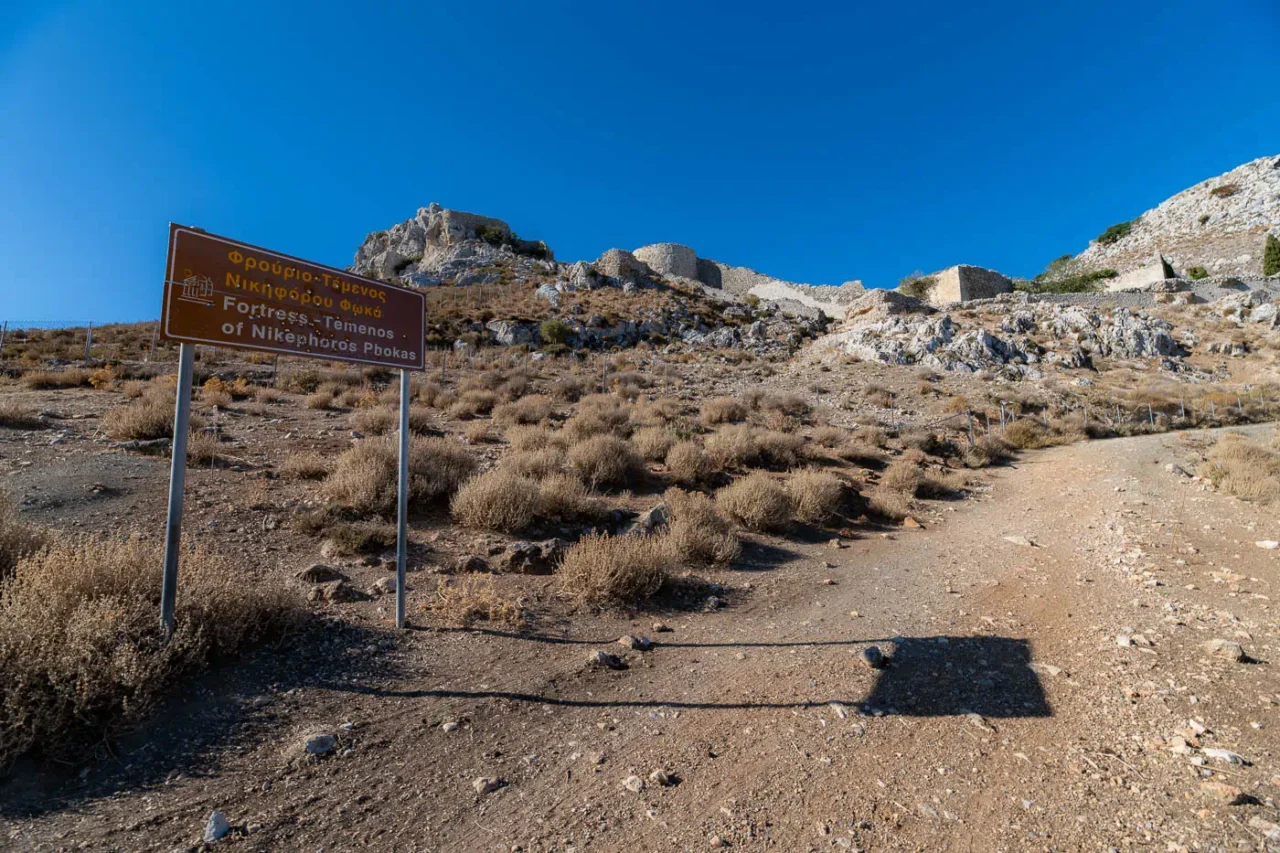
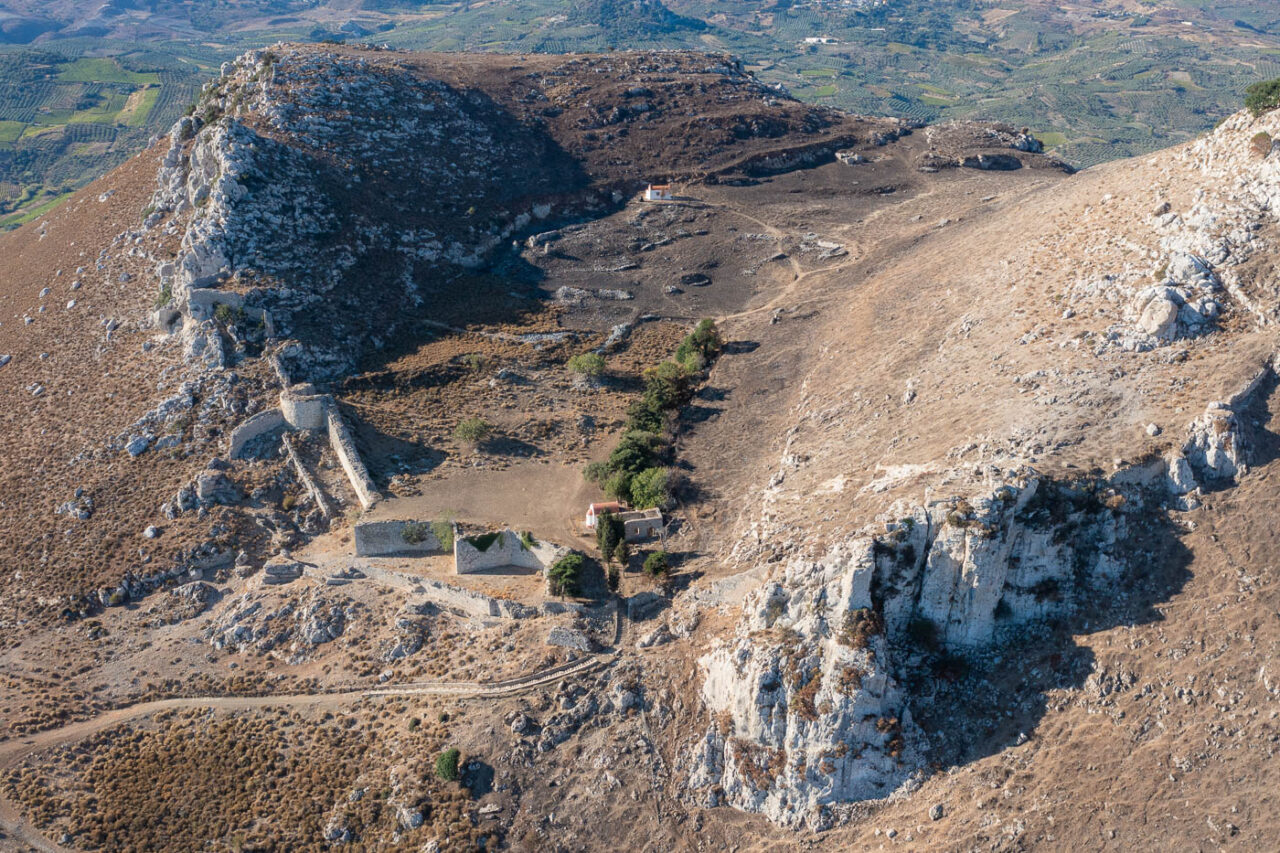
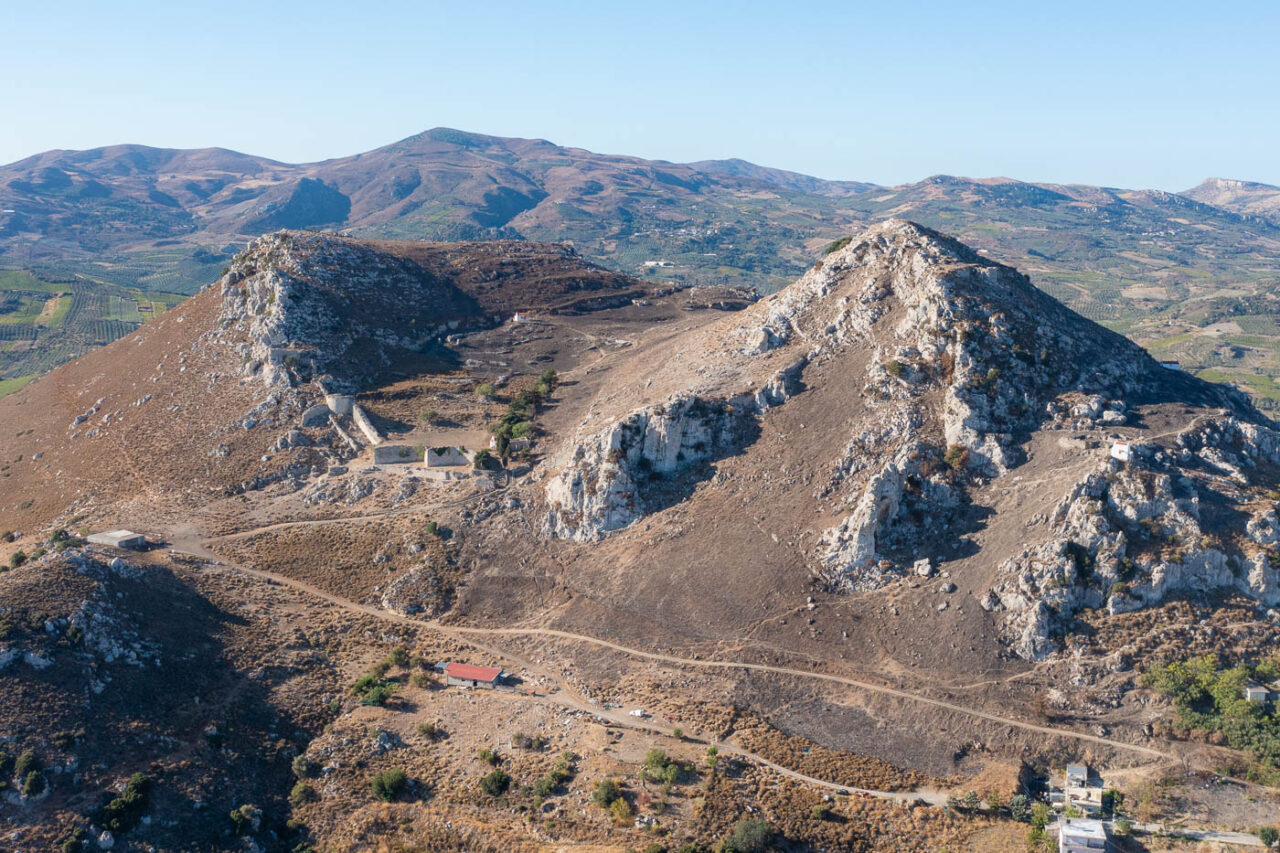
A Byzantine Stronghold in Crete
Situated on the strategic Rocca hill, south of Profitis Ilias village in Heraklion, Crete, the Temenos Fortress reflects the island’s complex history. Also called Rocca, Nikephoros Phokas Castle, or Kanli Kastelli, it is recognized as the most important Byzantine-era fortification in Crete. Its location, with a natural water source and extensive views, highlights its past significance as a military base.
Historical Importance
Ancient Lycastos
The archaeological site of Ancient Lycastos is located near Temenos Fortress. Historical records first mention Lycastos in 1212 as property of the Monastery of the Virgin Mary of Sinai. The city’s location is believed to be west of Mount Giouchtas, 2 km from Kanli Kastelli (Profitis Ilias), and 300 meters from Temenos. Although little remains of the city, the area called Vitsila or Visala shows signs of human occupation since late antiquity.
Lycastos is listed among the cities that participated in the Trojan War. Historical records indicate it was captured and destroyed by Knossos, then taken over by the Gortynians who gave it to the city of Rauko. In 185 BC, the Roman ambassador Appius Claudius Pulcher divided the city, assigning Lycastio to Knossos and Diatonio to Lyktos.
Vitsila or Visala is thought to be a Minoan settlement, possibly an acropolis. Excavations in the mid-20th century revealed remnants of a Minoan settlement with evidence of a palatial building, suggesting the settlement thrived from the Middle Minoan period to the Late Minoan III period. Findings such as pottery, bronze objects, and bell-shaped figurines suggest a sanctuary within the settlement.
Today, there is little physical evidence of Ancient Lycastos. However, the site provides insight into the area’s history and the city’s role as a predecessor to Temenos Fortress.
Byzantine Era: The Fortress’s Origins and Strategic Purpose
The fortress’s history is closely linked to the Byzantine reconquest of Crete in 961 CE, led by the general and future emperor, Nikephoros Phokas. As detailed in the reference “Nikiforos Fokas,” the fortress was not only a defensive structure but also a symbol of Byzantine ambition and strategic planning. Phokas envisioned Temenos as more than a military outpost; he aimed to move the island’s capital from Chandax (modern-day Heraklion) to this more secure site, thus strengthening Byzantine control over Crete and projecting power into the Mediterranean.
Challenges and Adaptations: The Fortress’s Changing Role
However, Phokas’s plan faced significant obstacles. The local population, strongly connected to Chandax and its busy port, opposed the relocation. The capital remained in Chandax, and the Temenos Fortress, although strategically crucial, primarily functioned as a fortified outpost, overseeing the surrounding area and protecting Byzantine interests.
The fortress’s strategic importance continued under later rulers of Crete. In 1204, after the Genoese conquest of the island, Enrico Pescatore recognized its value and initiated necessary repairs. Later, when the Venetians gained control in 1209, they further strengthened the structure, adapting it to their own defense requirements and ensuring its ongoing effectiveness against changing threats.
Ottoman Era and Beyond: A History of Conflict and Endurance
The fortress’s turbulent history continued into the Ottoman period. In 1647, during the lengthy Cretan War, it was initially captured by the Ottomans but later reclaimed by the Venetians led by Gilles d’As (Gildasi). The recapture involved a brutal massacre of the Ottoman garrison, an event that tragically associated the fortress with bloodshed, leading to its Turkish name “Kanli Kastelli,” meaning “blood-soaked castle.” Following the Ottomans’ final conquest of Chandax (Heraklion) in 1669, they gave the Temenos Fortress to Andreas Barozzi, a Venetian who had betrayed the city, further complicating the fortress’s history.
The fortress’s legacy remains strong today. The Municipality of Temenos, which became part of the Municipality of Heraklion in 2011, is named after this historical site, demonstrating its lasting importance and its significant impact on the region’s identity.
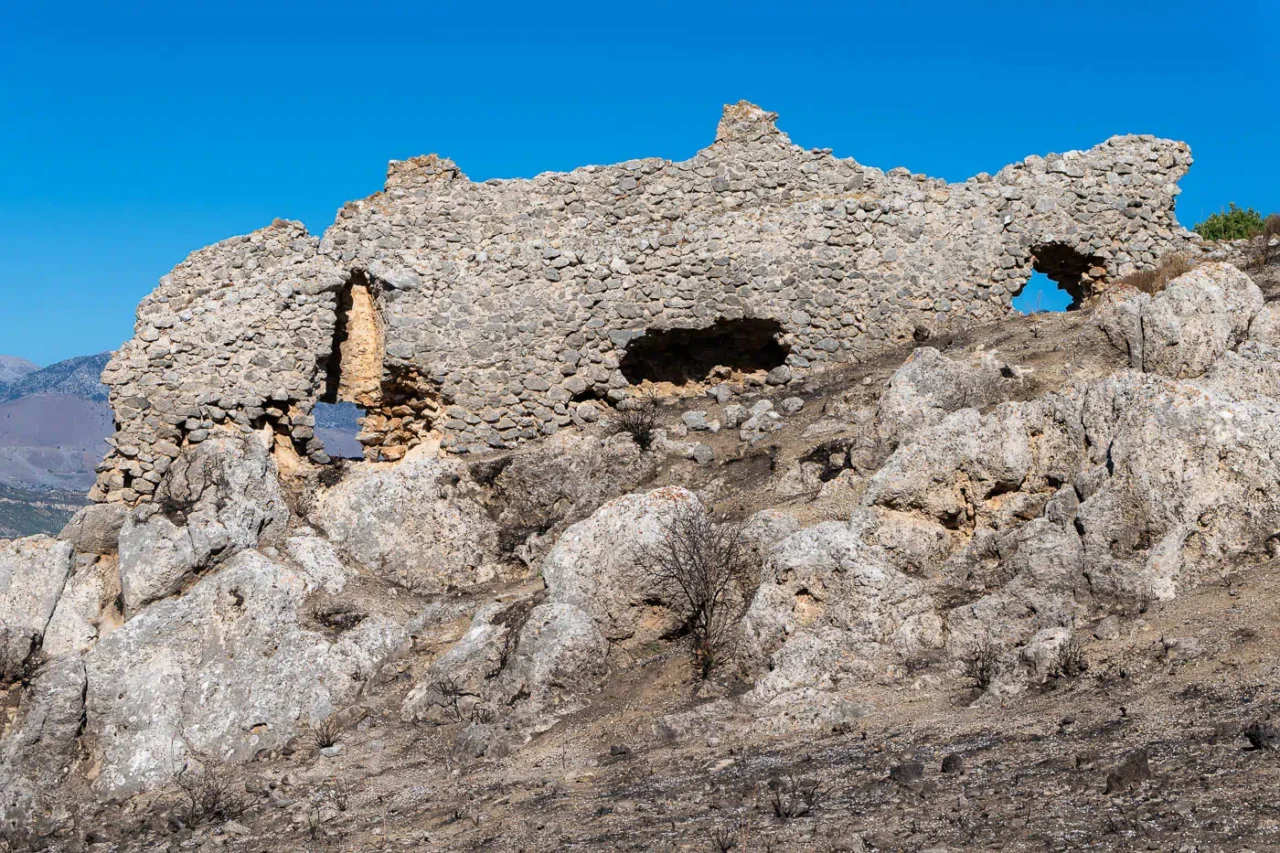
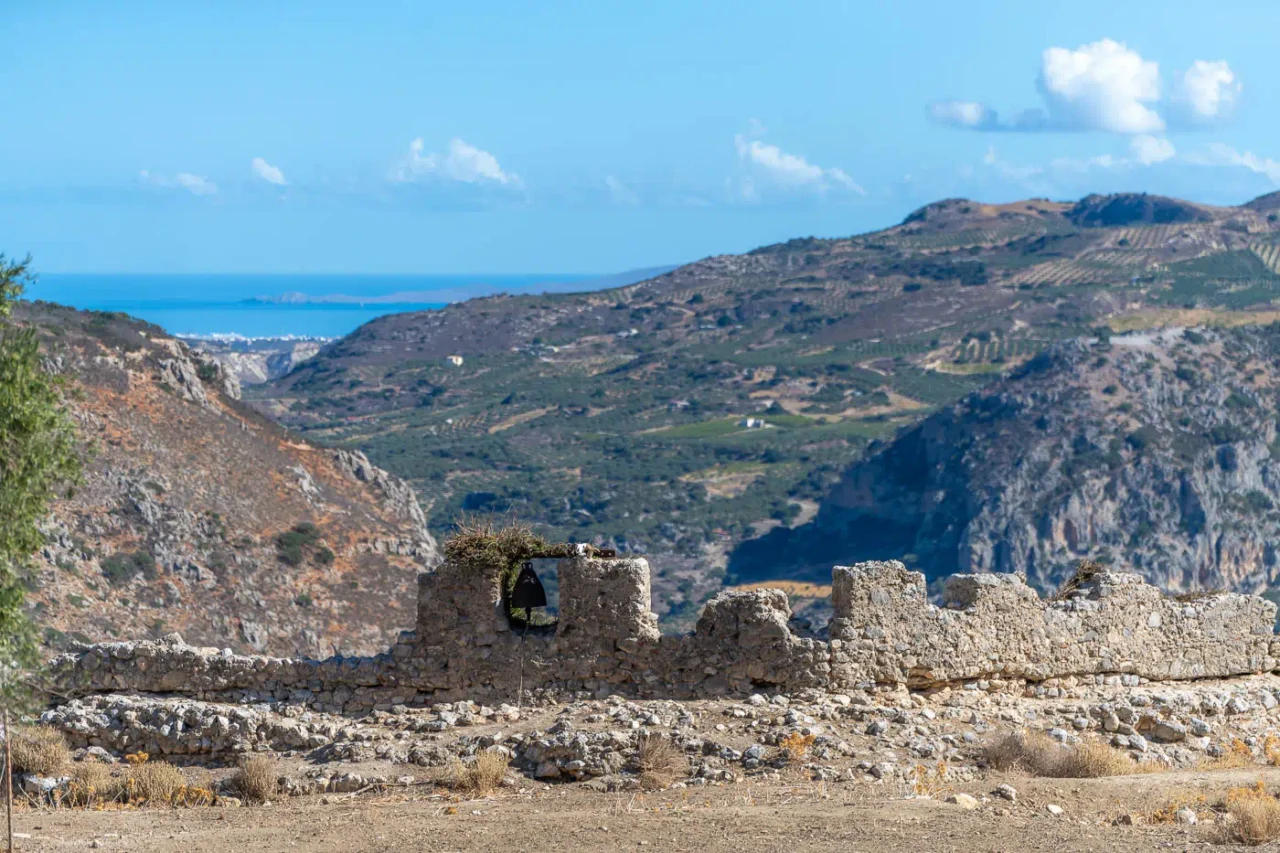
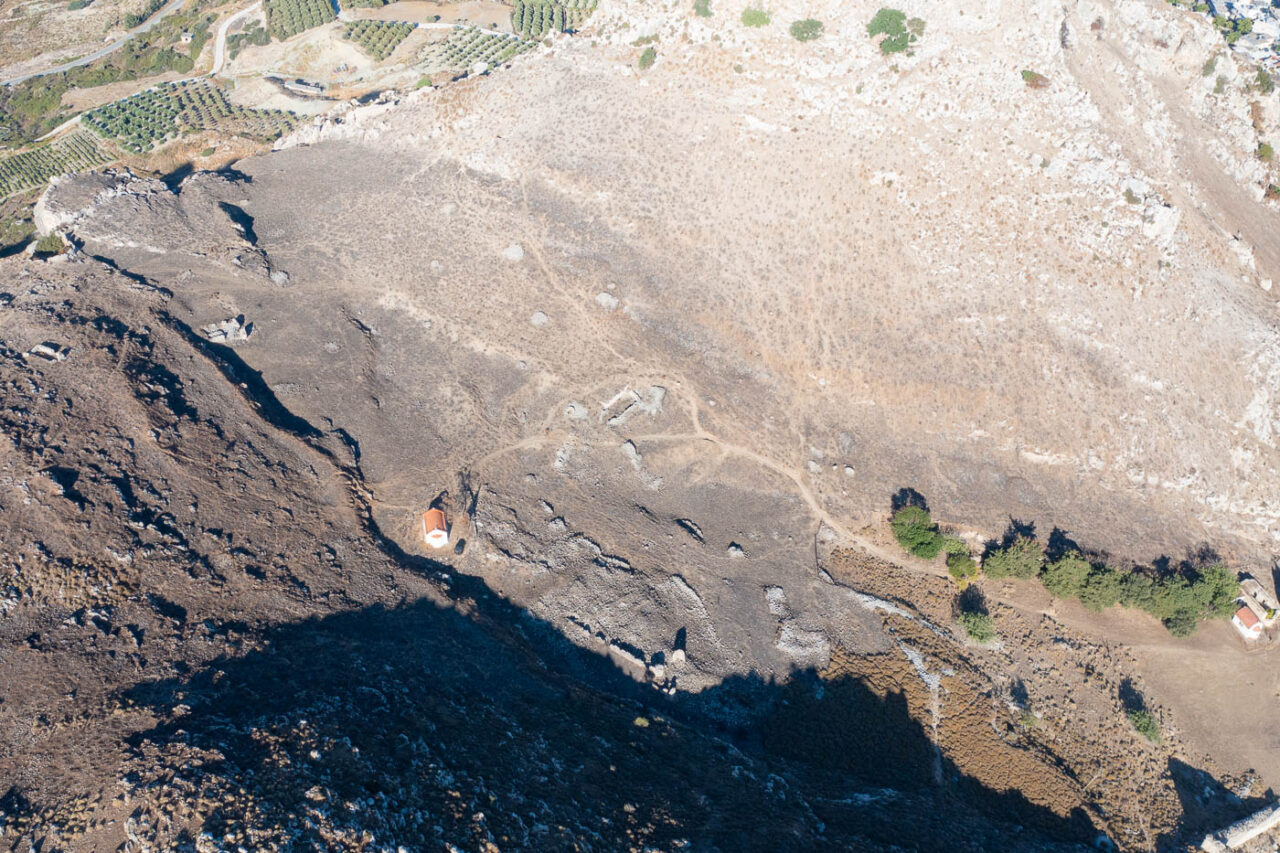
Architectural Features: Evidence of a Rich History
The Temenos Fortress covers a vast area of approximately 60 hectares. Although mostly in ruins, the remains provide insight into its past size and architectural skill. Visitors can explore the remnants of walls and towers, once strong defenses against attacks. Large water cisterns, crucial for maintaining life within the fortress during sieges, demonstrate the resourcefulness and foresight of its builders. Additionally, the ruins of several churches, dedicated to Saint George, Saint Paraskevi, the Virgin Mary, and Saint Anthony, show the active spiritual life that once existed within the fortress.
The Inner Fortress (Rocca): The Core of the Defense
As explained in the reference “Internal structure of the castle of Temenos in Crete” by E. Papadaki, the Inner Fortress, or Rocca, was the central part of the Temenos defense system. Likely built during the Venetian period, this central stronghold had a pentagonal shape and strong fortifications, designed to resist even the most determined attacks. It contained essential structures such as a cistern, a church, and various buildings, acting as the final defense and a safe haven for the garrison during sieges.
The Fortress and its Surroundings: A Strategic Position Throughout History
The fortress’s location on Rocca hill, with a natural water source and commanding views, made it an ideal defensive location, allowing for effective surveillance and control of the surrounding area. Its deliberate construction away from the coast reflects the constant threat from Saracen pirates during the Byzantine era, demonstrating the strategic thinking behind its design. The village of Profitis Ilias, which developed near the fortress during the Venetian period, adds another layer to the area’s rich historical context, showing the continuous human presence in this strategically important landscape.
The Siege of Chandax and the Fall of Temenos: A Critical Moment in Cretan History
The fall of the Temenos Fortress is closely connected to the broader Ottoman conquest of Crete, a pivotal event that reshaped the island’s future. The prolonged siege of Chandax (Heraklion), lasting over two decades, put significant pressure on the Venetian defenders. The Ottomans, under the skilled leadership of the Grand Vizier Koprulu Fazil Ahmed, used a large army and a relentless siege strategy, gradually weakening the Venetian resistance.
The capture of Chandax in 1669 marked a turning point in Cretan history. The Ottomans, having secured the island’s capital, shifted their focus to the remaining Venetian strongholds. The Temenos Fortress, despite its strong defenses, could not withstand the Ottoman attack. Its fall signified the end of Venetian rule in Crete and the beginning of a new era under Ottoman control.
Legacy and Preservation: Understanding Crete’s Past
The Temenos Fortress serves as a powerful reminder of Crete’s complex and multi-layered history. Its ruins bear witness to the island’s strategic importance, the ongoing struggles for control that have shaped its fate, and the enduring human spirit that has thrived in the face of adversity. Today, the fortress is preserved as an archaeological site, providing visitors with a unique opportunity to connect with the past, explore the remains of a once-powerful Byzantine stronghold, and gain a deeper understanding of the rich tapestry of Cretan history.
Fortifications: Key Information
- Construction Period: 10th century (initial construction by Nikephoros Phokas), with later modifications by the Genoese and Venetians.
- Location: Rocca hill, south of Profitis Ilias village, Heraklion, Crete.
- Dimensions: Approximately 60 hectares (600,000 square meters).
- Historical Significance: Major Byzantine fortress, central to various conflicts and power struggles throughout Cretan history.
- Current Status: Ruins, preserved as an archaeological site.
References
- Gigourtakis, N. M. (1998). Nikephoros Phokas and Crete [Nikiforos Fokas kai i Kriti]. Municipality of Temenos.
- Rural Heraklion













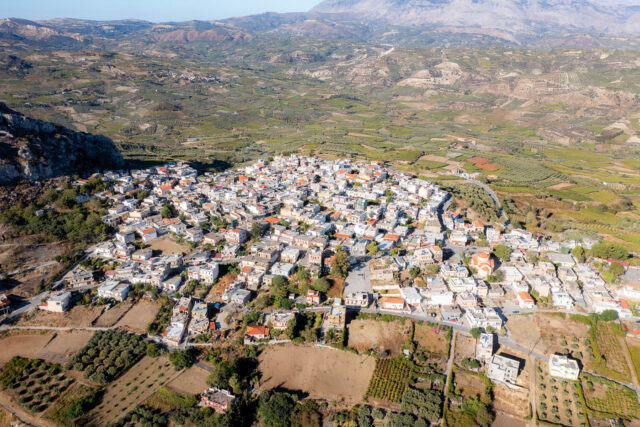


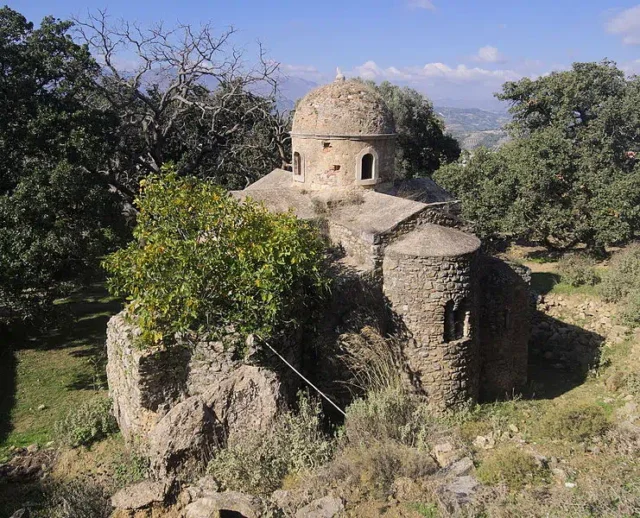

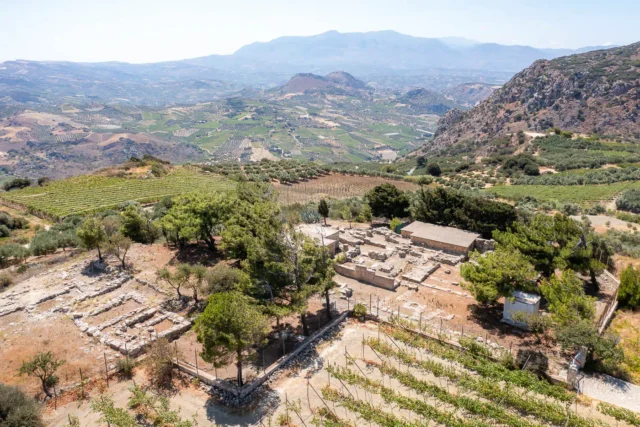



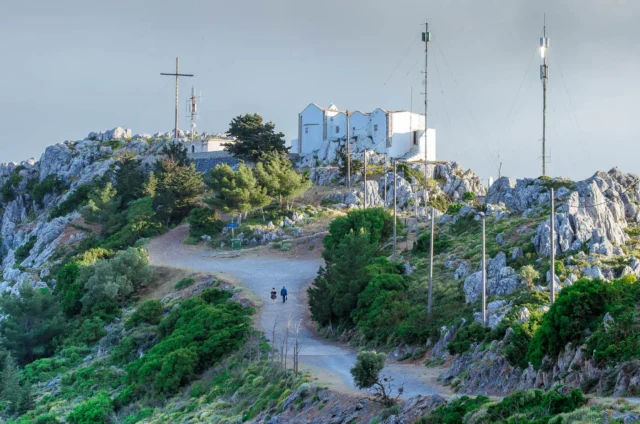
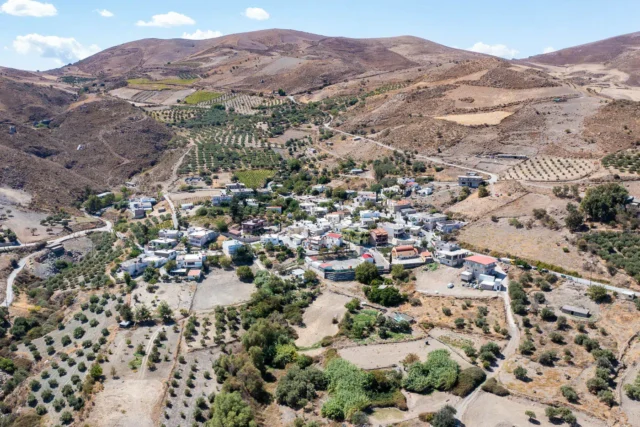

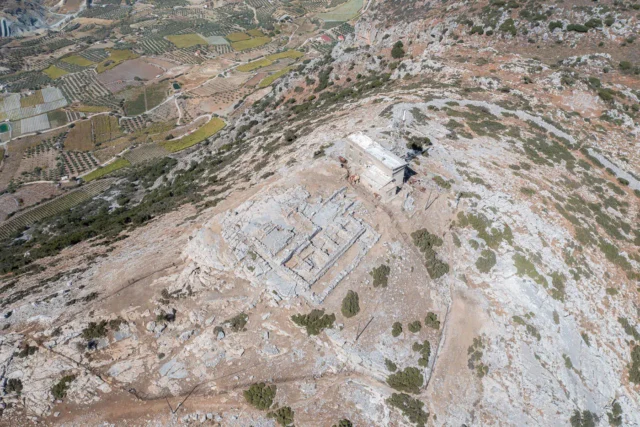
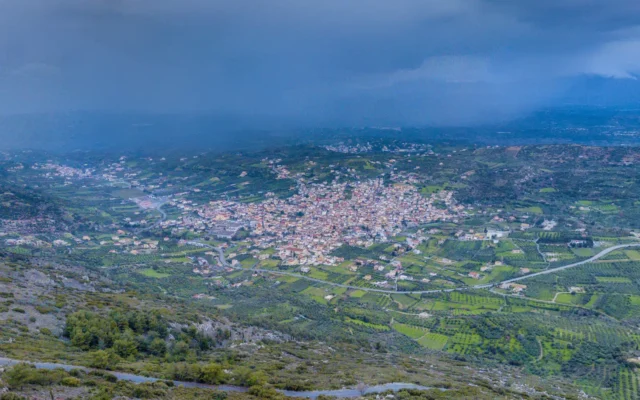
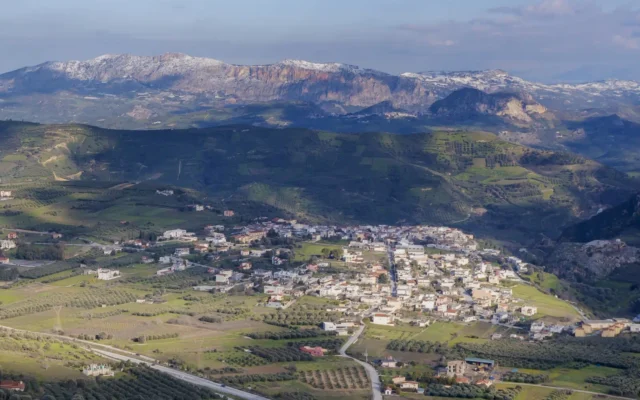
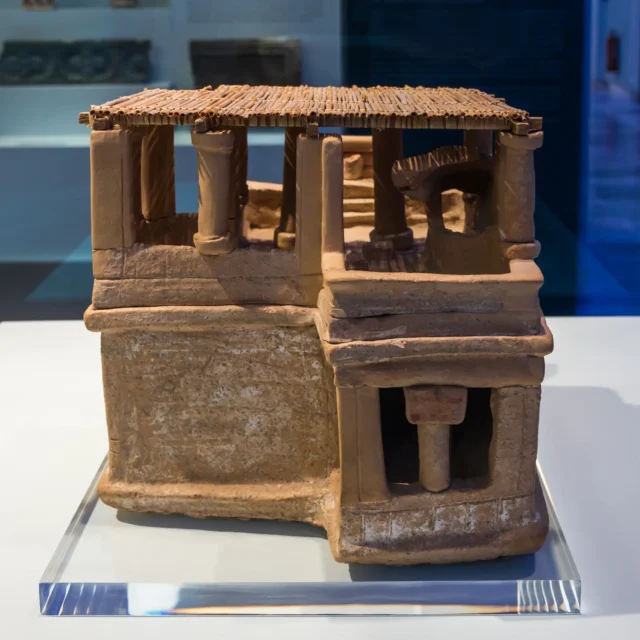
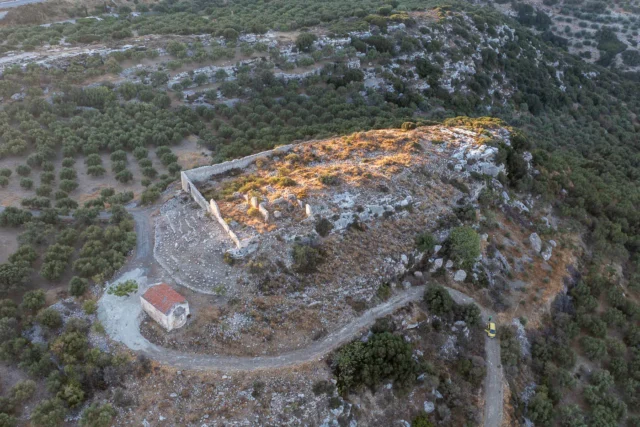
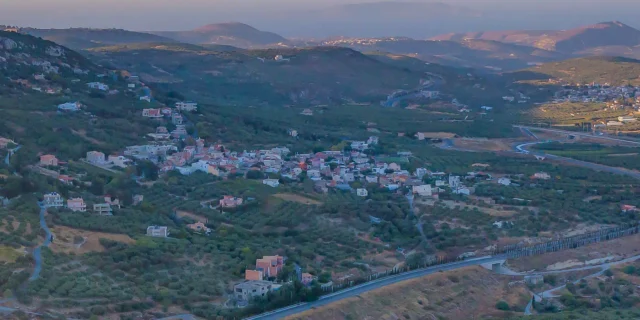

There are no comments yet.